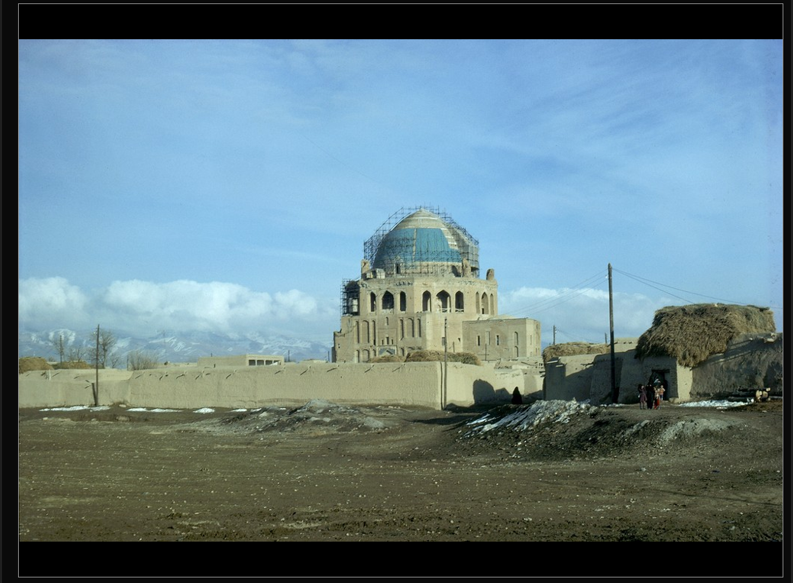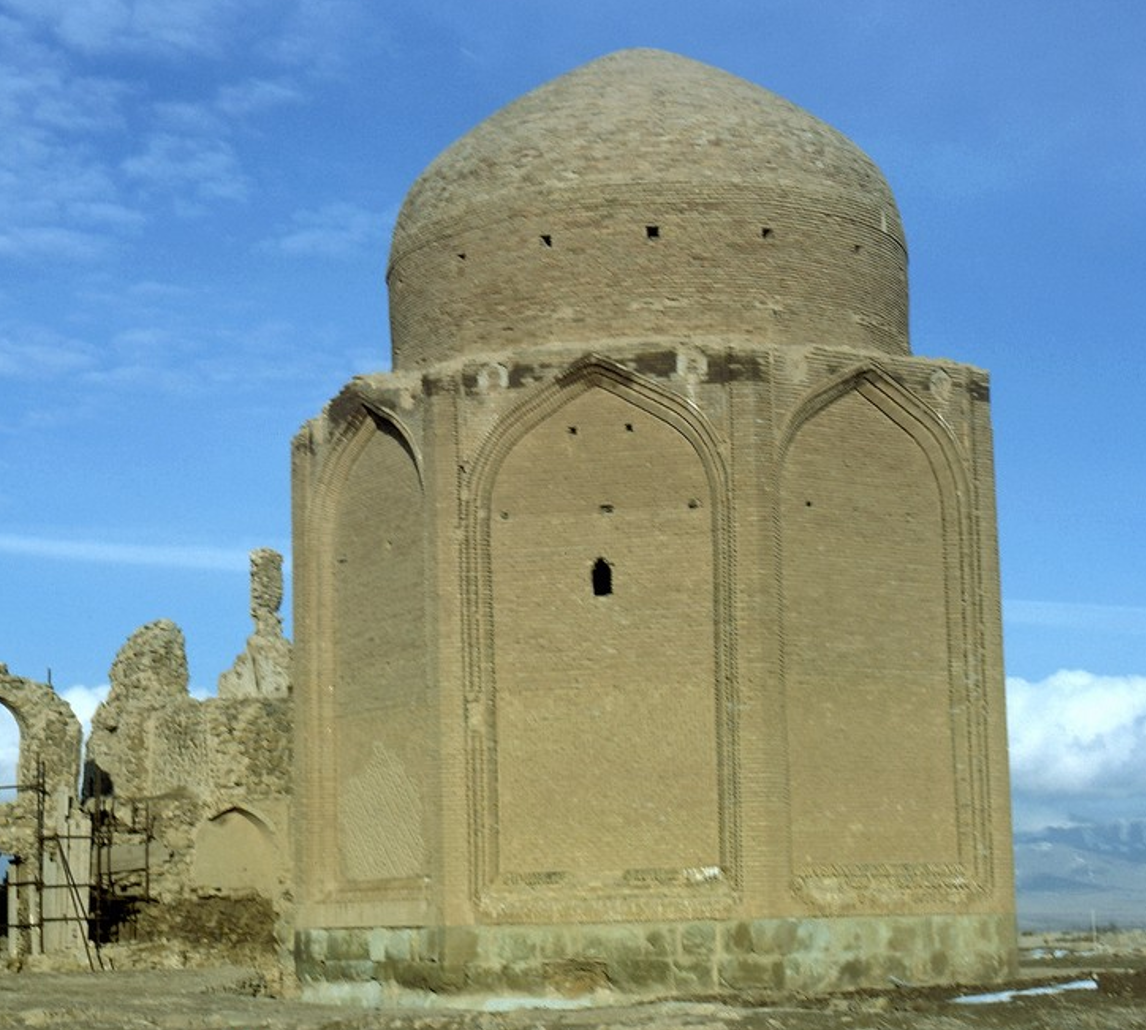Mongols & Ilkhanids
1/14
There's no tags or description
Looks like no tags are added yet.
Name | Mastery | Learn | Test | Matching | Spaced |
|---|
No study sessions yet.
15 Terms
Who were the Mongols?
A shamanistic tribal group, who under the rule of Genghis Khan, waged a brutal war campaign and conquered much land. 13th-14th century. They were particularly interested in China.
What happened to the empire when Genghis Khan died?
His son took over, and broke the empire into four split amongst Genghis’ grandsons. We’re most concerned with the Ilkhanid branch, which was founded by Hulegu Khan.
What was the Ilkhanid Dynasty?
Founded by Hulegu Khan, the Ilkhanid dynasty lasted from 1256 to 1335 CE and was known for their tilework, architecture, and
What happened to world trade under the rule of the Mongols?
Due to their vast expansive empire, they opened up trade far and wide. They became committed to commerce, luxury, and trade. As a result, we begin to see a lot of Chinese influence in the Islamic world.
Why did the Ilkhanid empire have multiple capitals?
At heart, they came from a nomadic culture. So they never really get over the habit of moving and traveling around.
What was China’s influence on the textile industry?
Quite large, in fact, because that’s where silk came from.
What were the Ilkhanids most known for and why?
Architecture and manuscripts. They’re known for being the golden age for manuscript, partly due to the uptick in trade with China so accessibility to paper became widespread.
Who is Ghazan Khan?
The Ilkhanid ruler who converted to Islam, and was a great patron of the arts. Commissioned the Compendium of Chronicles.
What is the Tati Suliman?
This was a summer palace for pleasure in a beautiful location. Hunting parks, gorgeous gardens, you name it. The Persian word for hunting park is paradisos, which is where we get paradise from. It didn’t quite have any permanent architecture, so replication was difficult. Long Persian use before the Ilkhanids.

What is this building, with dates, patron, and it’s significance?
This is the Tomb of Oljeitu, built in 1313 CE in Sultaniya Iran, the patron obviously being the Ilkahnid ruler Oljeitu. It’s significance is in that Oljeitu aspired for this to be more magnificent than the dome tomb of the Seljuk ruler. As for architectural significance, the vaulting and dome are inspired from Seljuk culture, and it was all originally built with tile and plaster. The two main colors were a dark blue and then a lighter blue, a staple in Ilkahnid architecture. There is an overwhelmingly geometric pattern. There’s a series of ribbed cross vaults which are sub divided into complex shapes (stars, hexagons, etc). It’s akin to the Alhambra complex. There are a total of 24 vaulted bays. The Ilkhanids were impressed with Seljuk tombs, but took their own tombs a step further. Taller, bigger, better. Extensive molded brickwork can be observed.

What’s interesting about this building?
This is the tomb tower of Chelebi Oghlu, built in 1330 CE in Sultaniya, is less about the height, and more about the framing. It suggests an almost tent like appearance, an ode to the old nomadic culture of the Ilkhanids. You can see the inspiration from tent culture in many Ilkhanid tombs.
What are the Ilkhanids typically credited for?
The use of the pistaq, a new taste for verticality with tombs and minarets getting taller, more vibrant colors and innovative tilework, and tolerance, and stability. Conversion to Islam, ceramic tile + brickwork.
What is the Great Mongol Shanama, who was the patron, who was the author/artist, and what was it’s significance?
A later iteration of the Seljuk Shanama, which was a lineage-based story of the Persian history of Kings, of which the Mongols re-created to include their own stories. They patroned it to connect themselves to old Persian rules to not only legitimize themselves.
What is the Compendium of Chronicles, who was the patron, who was the author/artist, and what was it’s significance?
What is the Lazvardina technique?